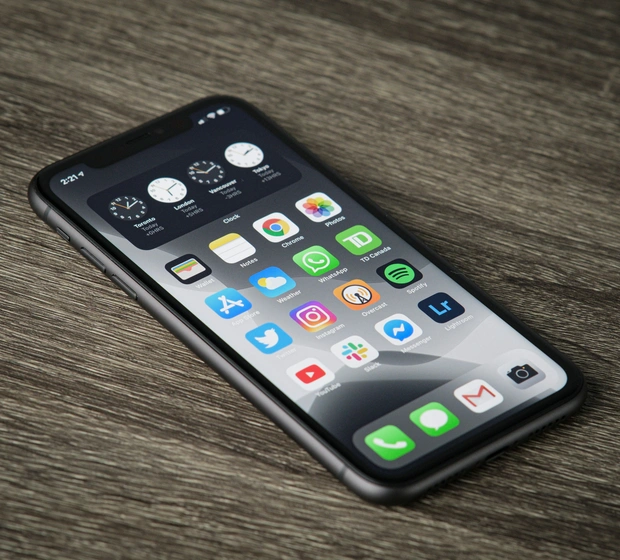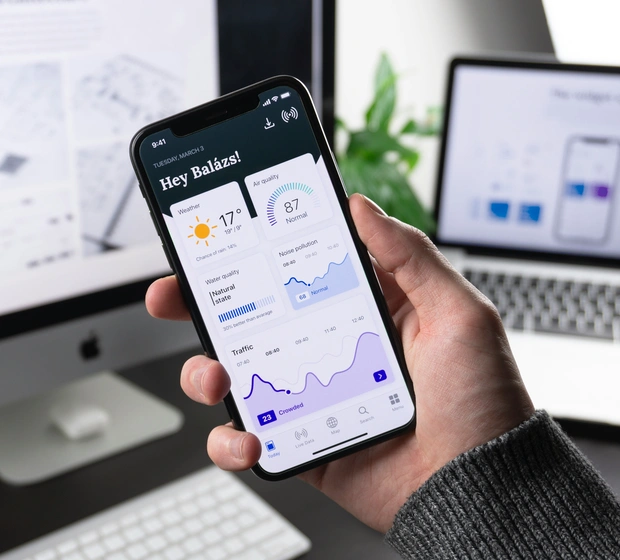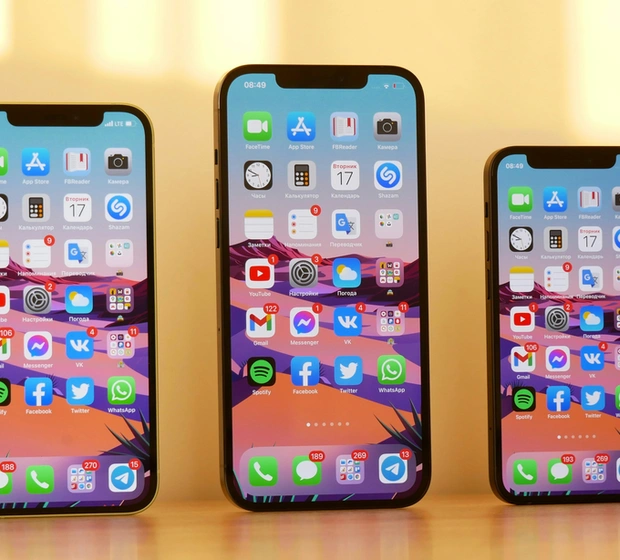table of contents
Mobile App Development
Mobile app development is the process of creating software applications that run on mobile devices such as smartphones and tablets. This industry has experienced tremendous growth over the past decade, driven by the widespread adoption of mobile technology and the increasing demand for convenient, on-the-go access to services and information.
Overview of Mobile App Development
Mobile app development involves designing, coding, testing, and deploying applications tailored specifically for mobile platforms. Unlike traditional desktop software, mobile apps must account for varying screen sizes, hardware capabilities, and operating system constraints. The primary platforms for mobile app development are iOS, developed by Apple, and Android, developed by Google.
Types of Mobile Apps
There are generally three categories of mobile apps:
- Native Apps: Developed specifically for a single platform using platform-specific programming languages such as Swift or Objective-C for iOS, and Java or Kotlin for Android. Native apps offer the best performance and seamless integration with device features.
- Web Apps: Mobile-optimized websites that run in a browser and do not require installation. While easier to develop and maintain, they lack access to many hardware features and offline capabilities.
- Hybrid Apps: Combine elements of both native and web apps by embedding web content within a native container. They are built using web technologies like HTML, CSS, and JavaScript but can access device features through plugins or frameworks such as Apache Cordova or Ionic.
The Mobile App Development Process
1. Planning and Research
This initial phase involves identifying the app’s purpose, target audience, and key features. Market research helps understand competitors and potential user needs, guiding the app’s design and functionality.
2. Design
Designers create wireframes and prototypes to map out the app’s user interface (UI) and user experience (UX). The goal is to develop an intuitive, visually appealing, and user-friendly application.
3. Development
Developers write the code for the app based on the chosen platform and technology stack. This phase also includes backend development if the app requires server-side components, such as databases or APIs.
4. Testing
Testing ensures the app is free of bugs, performs well under different conditions, and provides a smooth user experience. Common testing types include functional testing, usability testing, performance testing, and security testing.
5. Deployment
Once the app is fully tested, it is submitted to app stores like Apple’s App Store or Google Play Store. Each platform has its own submission guidelines and review process before the app becomes publicly available.
6. Maintenance and Updates
After launch, developers must maintain the app by fixing bugs, adding new features, and ensuring compatibility with new OS versions and devices.
Popular Tools and Technologies
Mobile app development utilizes a wide range of tools and programming languages depending on the platform:
- iOS Development: Swift and Objective-C using Xcode IDE.
- Android Development: Java and Kotlin using Android Studio.
- Cross-Platform Development: Frameworks like React Native, Flutter, and Xamarin allow developers to build apps for both iOS and Android from a single codebase.
Challenges in Mobile App Development
Developing mobile apps comes with unique challenges including device fragmentation, varying screen sizes, battery consumption optimization, security concerns, and keeping up with rapidly evolving mobile operating systems.
Future Trends in Mobile App Development
As technology advances, mobile app development continues to evolve with trends such as:
- Artificial Intelligence (AI) and Machine Learning: Enhancing app personalization and automation.
- 5G Technology: Enabling faster data transfer and more powerful real-time applications.
- Augmented Reality (AR) and Virtual Reality (VR): Providing immersive user experiences.
- Internet of Things (IoT) Integration: Connecting mobile apps with smart devices.
Conclusion
Mobile app development is a dynamic and integral part of the modern digital landscape. With the increasing reliance on mobile devices, well-designed and efficiently developed apps are essential for businesses and developers looking to engage users effectively. By understanding the development process





